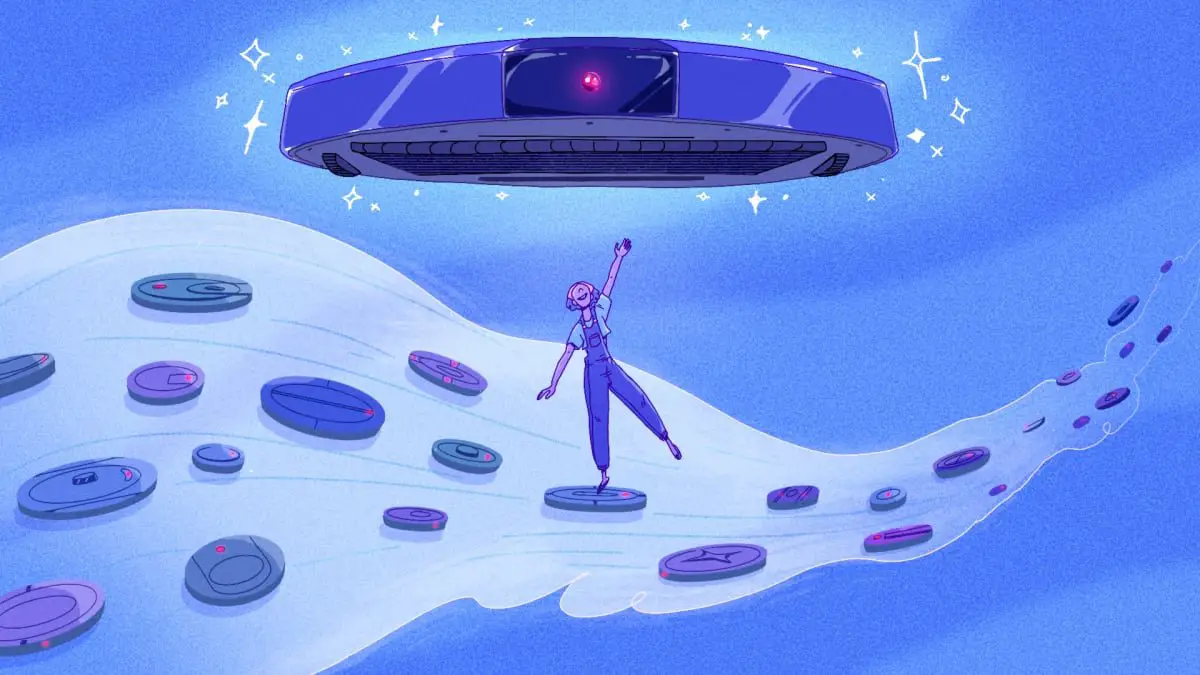How we tested
I have been testing popular robot vacuums in the various apartments I’ve lived in since 2020. My hands-on analyses of robot vacuums have included everything from budget models under $200 that just cover just the basics to $1,800 premium models that mop, empty themselves, wash and dry their own mopping pads, and identify small, tricky obstacles that more basic models can’t see.
In 2024 so far, botvacs I’ve had my hands on include the Roborock Qrevo Master, Roborock S8 MaxV Ultra, Eufy X10 Pro Omni, Shark Matrix RV2300, Shark Detect Pro, Roomba Combo j9+, Roomba Combo j5+, Narwal Freo X Ultra, and Yeedi M12 Pro+. I am also currently working with the Roomba Combo 10 Max Robot + AutoWash Dock and Shark PowerDetect 2-in-1 with NeverTouch Pro Base.
For now, I’m opting to leave the Yeedi M12 Pro+ off of our recommendation list. Which is a bummer because on paper, it sounds like a high-end self-cleaning station in a cheap vacuum’s body. In particular, my jaw was on the floor after seeing self-washing and drying mopping pads and the 11,000 Pa of suction power (a number that beats even the 10,000 Pa of the $1,799.99 Roborock S8 MaxV Ultra) in a machine selling for less than $1,000 — or less than $700 on sale.
Unfortunately, the list of premium features hasn’t really rendered a premium experience. While its vacuuming performance on dry debris like rice, kitty litter, and hair on multiple carpet piles, hardwood, and tile has been sufficient, I’m not necessarily getting “most powerful suction money can buy” vibes. The ultra-low price point also starts to make a little more sense when I have to rescue the bot from being stuck on a rug, just to notice how plastic-y the design feels. In terms of mopping (past a mopping pad completely falling off), the performance was fine, but nothing amazing. Between mediocrely satisfactory cleaning, overall flimsiness, and unreliable obstacle avoidance technology that kept running right over my phone charger, I’m sticking to recommending the $799.99 Eufy X10 Pro Omni as the best budget robot vacuum with a full-fledged self-cleaning station.
How I assess a robot vacuum’s performance
My testing grounds mostly include apartments (but occasionally my parents’ large single-story home) with a combination of hardwood, tile, and laminate floors, plus several different rugs. As for the cleanliness status of the floors being tackled, the vacuums are sent over both fresh messes like purposefully spilled dry debris like food crumbs or rice, and to test the mopping skills of the hybrid vacuums, intentionally spilled ranch or almond milk. The efficiency of these robot vacuum cleaners is also put to the test against the more perpetual grime that naturally builds up in our homes over time, like matted-down cat hair from one short-haired and one long-haired cat, and shoe stains near the front door.
Besides technical cleaning performance, I’m looking for robot vacuums that offer a true hands-off cleaning experience. Success depends on how seamlessly each bot navigates around walls, furniture, and small obstacles, how accurately it maps the layout of the rooms, and how well it maintains itself through features like automatic emptying. For more advanced hybrid robot vacuums and mops, that also include automatic water tank filling and automatic washing and drying of mopping pads.
Finally, I can’t not simply consider the overall bang for your buck for each robot vacuum. Are its features on paper and actual cleaning competence worth the price tag, and how practical is that cost for the average household?

